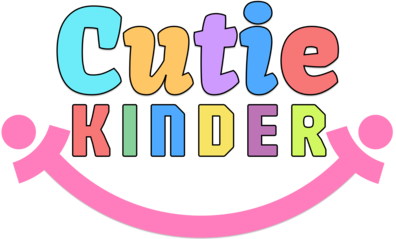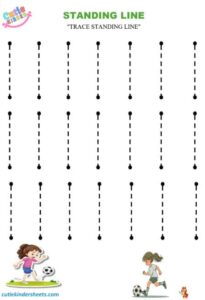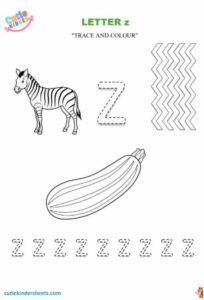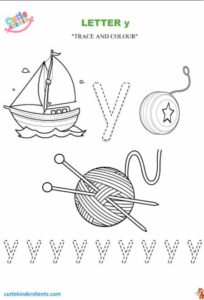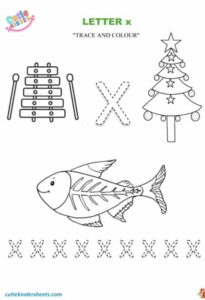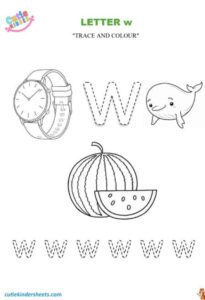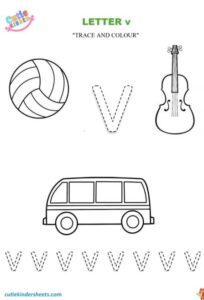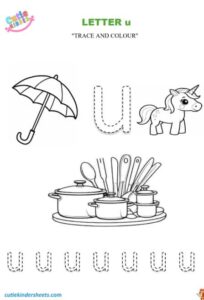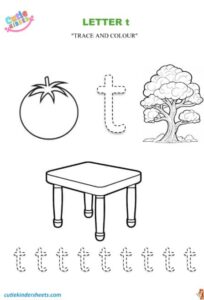You’ve likely seen the term “phthalate-free” on baby products — but what exactly are phthalates, and why should parents be concerned?
Phthalates (pronounced thal-ates) are a group of chemicals used to make plastics flexible and to help fragrances last longer. They’re commonly found in soft plastic toys, teethers, baby lotions, shampoos, diaper creams, and even vinyl changing pads.
Why Are Phthalates Harmful?
Phthalates are known endocrine disruptors — meaning they can interfere with your baby’s hormonal system. Research has linked high levels of phthalate exposure to:
- Developmental delays
- Hormonal imbalances
- Reproductive issues later in life
- Asthma and allergies
Babies are especially vulnerable because their bodies absorb chemicals more easily and cannot eliminate them as effectively as adults.
Where Are Phthalates Used?
- Soft plastic toys (especially older ones)
- Fragranced baby products (lotions, powders, wipes)
- Vinyl mattress covers and changing pads
- Plastic packaging and food containers
Fragrance is a major red flag. Manufacturers often list “fragrance” or “parfum” without revealing the exact ingredients — a loophole that may include hidden phthalates.
How to Avoid Phthalates
- Look for “phthalate-free” labels on all baby products — including toys, skincare, and feeding accessories.
- Choose unscented or naturally scented baby care items.
- Opt for wooden, silicone, or phthalate-free plastic toys.
- Use organic cotton covers for changing pads and crib mattresses.
- Avoid items made from PVC (polyvinyl chloride), a common source of phthalates.
Final Tip
Awareness is the first step. While complete avoidance may not be possible, minimizing exposure through smarter product choices can make a meaningful difference in your baby’s long-term health.
